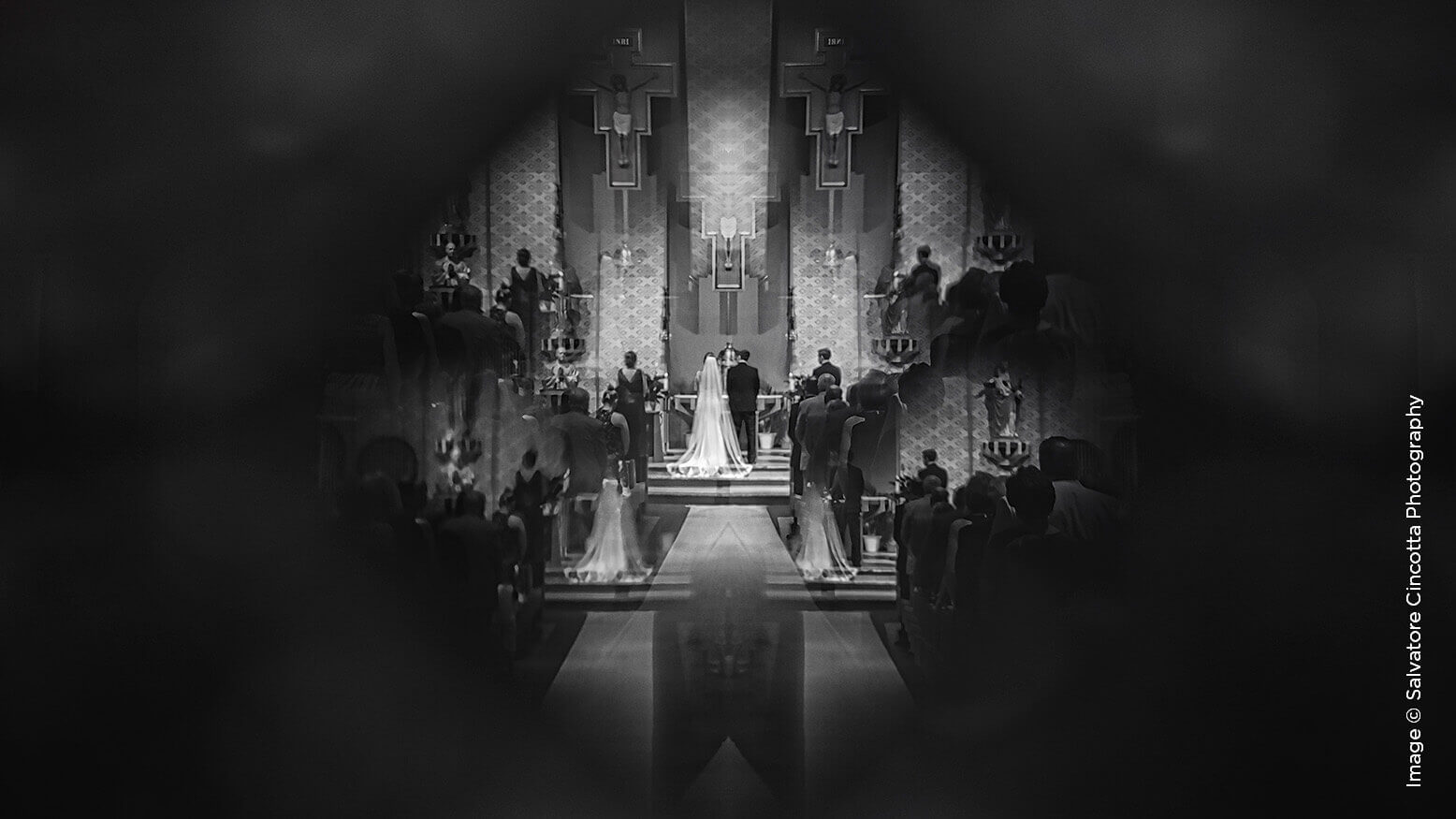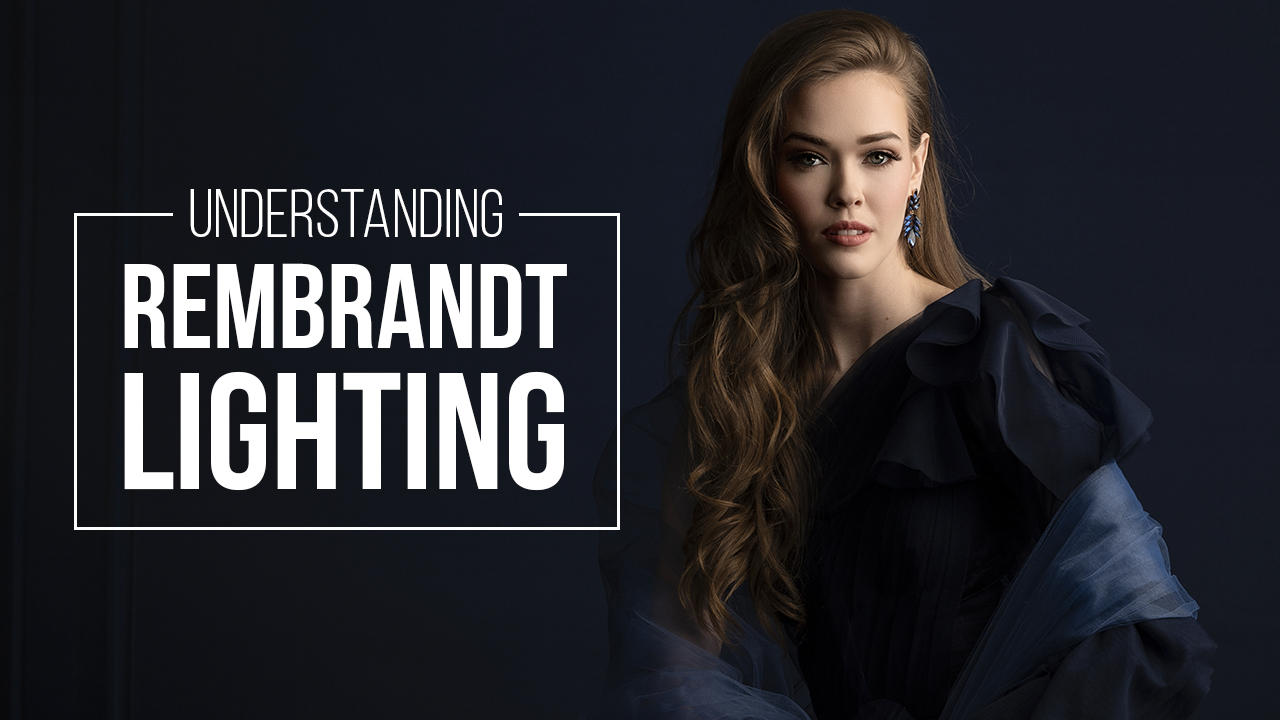5 Tips for Becoming a Better Photographer with Sal Cincotta
Want more information on this article? Get access to video content and additional supporting images. Launch the September 2017 issue of the magazine by logging in or signing up for a free account. Shutter Magazine is the industry’s leading professional photography magazine.
I have been at this for 10 years, and in that time, I have watched my work continue to improve. We never stop growing. But that improvement was not haphazard in its execution. Let’s dive into some ideas that will help you no matter where you are in your career.
A valuable lesson for any artist is that you will never learn it all. You will never get to a point where you are completely comfortable. If you do, then you stopped growing a long time ago. Instead, we need to understand that this is a journey that we are all on. And we are all at different points on this journey.
The things I know today as second nature, I vividly remember struggling with eight years ago. So that leads us to the next questions. How do I become better? How do I prevent burnout? How do I chart my career?
Never stop learning.
I have said this before and I will say it again. Business, photography, life—it’s not a destination, it’s a journey. Get your mind right. You will never know it all. Being a better photographer is not about any one skill. I started when I was 16, and I have seen an industry go from film to digital. I have watched business and marketing strategies evolve in ways I never could have dreamed.
I have learned to enjoy the journey of learning. I can’t say it loud enough. There is no better feeling in the world than that moment when the light bulb goes off and you realize you’ve learned a new concept. I am addicted to that feeling. Accept that you will never stop learning. Don’t let yourself stagnate. That’s the worst thing that can happen to an artist.
Explore. Experiment. Fail. Repeat.
Make a list.
So what do you need to learn? For some of you, the answer might seem to be everything. I have been there. Hell, I feel that way on a daily basis. It can be overwhelming. With the speed at which business and technology change, it can feel like this to a seasoned professional, so trust me, you are not alone.
How do you manage it all? Make a list. Think about it this way. College students pick a major. To earn a degree in that major, a student has to learn, well, everything. At least it feels that way your freshman year. There is seemingly no end in sight and you feel like you may never graduate. But a carefully developed university curriculum provides a list of classes and requirements, a handy roadmap to aid you on your learning journey.
Put together your own list. This list will change every four to six months. No matter where you are in your career, you still have more learning and room for growth. Your list is based on where you are right now.
Pick five things you want to learn now. Not next year, next month or someday. Now. What do you need to focus on? And while you may need to learn “everything” because you are a freshman today, we’ve already established that you can’t actually learn everything. A list of five things is pretty reasonable.
Be relatively specific with your list. Don’t just put down “lighting.” What kind of lighting? Off-camera flash? Great. What do you need to learn there? Again, the more specific you can be, the more realistic and manageable it all becomes.
Education.
Armed with your list, start soaking up knowledge from every source possible: YouTube, conferences, hands-on learning, workshops, books, magazines. Start planning your year ahead. It’s not going to just happen.
Shutter Magazine is a great source of information, and of course I will shamelessly plug ShutterFest. This is one of the only hands-on photography conferences on the planet. One fee gets you access to over 250 models, wardrobe, concepts—and everything else you might need. This is how you learn.
I want to stress the importance of how you learn. While we all receive education and knowledge in our own ways, for me it’s a multistep process.
That process is one part reading and three parts hands-on. This is so important. Theoretical knowledge is great, but there is nothing like practical knowledge. You have to know how to do something in the real world.
I remember coming out of college with my degree after nailing finals, thinking I was hot shit. Then I started my first day in corporate America, and I was like, what?! I had no real-world experience. Everything I knew was out of books. You have to take those things you are reading about, watching videos on, sitting in conference rooms hearing about…and put that knowledge to actual use.
How do you do that if you don’t have clients yet?
Practice.
Wait, you thought you were just going to read a book or watch some random video by your favorite educator or photographer, and you were going to magically get it?
About five years ago, I realized that if I was ever going to be the master of my craft, I was going to have to invest time in me. Not my clients, but me. In order to do that, you need to set up scenarios to practice. Do not—I repeat, do not—practice on your clients. This is a really bad way to learn. I am not saying don’t experiment with clients. Magic happens when you do that. But practicing something new can lead to disaster, panic and a loss of confidence when the results don’t look the way you had hoped.
Maybe you can adapt my process. Every year, I carve out two to three weeks, pick a new destination somewhere in the world, and set up shoots with models and clients who are willing to experiment with me, knowing things will be much slower-paced. This exercise has singlehandedly led to my growth as a photographer and artist. My work today is far better than it was five years ago.
During these shoots, I have a concept, style and location all predetermined. I slow down. I don’t allow myself to be rushed. I conceptualize a shot in my head and then I work methodically to execute it. Do I fail? You bet. Do I always get the shot I saw in my head? Nope. Do I learn from it? Always.
As long as I am a photographer, I will make time for me. This is so important to personal growth. Try it, and I guarantee you will see results almost immediately. This has allowed me to grow more confidence, build my portfolio and perform better when working with actual clients.
Try this. Schedule two days of shoots over a weekend. Try three locations each day, with three different concepts. You will walk away with six different images for your portfolio, but more importantly, you will have learned more than any workshop can teach you. And that’s just two days. Imagine doing it two weeks a year.
Curiosity.
Finally, never lose that curiosity. I am as curious today as I was the day I started. I love learning new things. I love watching new photographers, learning from them and how they see the world. There is so much out there we can all learn, and it starts by being curious.
The day you lose that, everything else becomes much more difficult. It’s hard to care about getting better and growing when you just don’t care or aren’t inspired anymore. Staying curious is important in preventing burnout. At least it has been for me.
We all work hard in our own way. For me, the desire to learn something new and the curiosity about how things work keeps me excited every single day. If you’re like me, you go to bed at night thinking and excited about the next day.
Keep it fresh and don’t ever lose that spark. It’ll keep you going. It’s the one thing I hear most from my clients about hiring me. They love my energy and passion. You just can’t fake that.




